Beyond Tiles – The Rise of Porcelain Slabs in a Shifting Landscape
For decades, ceramic tiles have been a staple in construction and interior design, but a new contender has emerged, rapidly gaining traction and redefining aesthetic and functional possibilities: large-format porcelain slabs. These expansive, often seamless surfaces offer an unparalleled blend of durability, beauty, and versatility, transforming spaces from residential kitchens to grand commercial facades. While the global market for porcelain slabs is flourishing, Russia, with its vast domestic market and evolving architectural demands, presents a particularly intriguing case study. However, like any burgeoning industry, the potential growth of the large-format porcelain slab industry in Russia is not without its complexities. This comprehensive article delves into the exciting opportunities that beckon Russian manufacturers and international players alike, while also meticulously examining the significant challenges that must be navigated. From raw material advantages to design trends, and from technological hurdles to logistical intricacies, we will explore the intricate dynamics shaping the future of these porcelain giants in Russia.
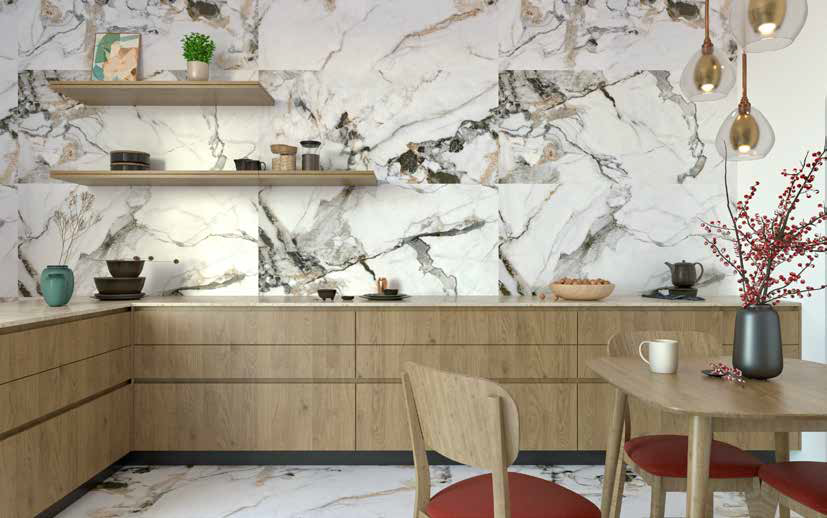
The Allure of the Grand Scale: What Are Large-Format Porcelain Slabs?
Before we dissect the Russian context, it’s crucial to understand why large-format porcelain slabs are making such waves globally. Unlike traditional ceramic tiles, which are typically smaller and require more grout lines, slabs can measure up to several meters in length and width, creating a more seamless and expansive aesthetic. They are manufactured using advanced pressing and firing technologies, resulting in a product that is:
- Extremely Durable: Porcelain is inherently resistant to scratches, abrasion, impact, and heavy foot traffic, making slabs ideal for high-traffic areas.
- Non-Porous and Hygienic: Their low porosity means they resist stains, mold, mildew, and bacteria, making them perfect for kitchens, bathrooms, and healthcare facilities.
- Heat and UV Resistant: Slabs can withstand high temperatures and direct sunlight without fading or warping, suitable for countertops, fireplaces, and exterior applications.
- Versatile: Available in an astonishing array of designs, colors, and finishes (matte, polished, textured), they can mimic natural stone, wood, concrete, or metal, offering immense design flexibility.
- Lightweight (Relatively): Despite their size, they are thinner and lighter than natural stone slabs, simplifying handling and installation in many cases.
- Reduced Grout Lines: This is a major aesthetic advantage, creating a more continuous, elegant look and simplifying cleaning and maintenance.
These characteristics make large-format porcelain slabs highly desirable for a wide range of applications, including:
- Kitchen Countertops and Backsplashes: Offering a sleek, modern, and highly functional surface.
- Bathroom Vanities and Shower Walls: Creating luxurious, seamless, and water-resistant spaces.
- Flooring: Especially in large commercial areas, airports, and luxury residential projects, where a grand, uninterrupted aesthetic is desired.
- Wall Cladding and Facades: Providing durable, weather-resistant, and visually impactful exteriors.
- Furniture Surfaces: Tabletops, cabinets, and decorative elements.
- Fireplace Surrounds: Offering heat resistance and sophisticated design.
The Untapped Potential: Why Russia is Ripe for Porcelain Slab Growth
Russia presents a compelling landscape for the expansion of the large-format porcelain slab industry. Several factors align to create significant opportunities for both domestic production and market penetration.
A Vast and Evolving Domestic Market
Russia’s sheer size and ongoing urbanization provide a robust foundation for construction and renovation.
- Growing Construction Sector: Despite economic fluctuations, Russia’s construction sector remains a significant driver of demand for building materials. Large-scale residential developments, commercial centers, and public infrastructure projects offer fertile ground for porcelain slab applications.
- Increasing Disposable Income and Aspiration: As disposable incomes rise in urban centers, so does the demand for higher-quality, aesthetically appealing interior and exterior finishes. Consumers are increasingly seeking premium materials that offer both durability and modern design, positioning porcelain slabs perfectly.
- Shifting Design Preferences: Russian architectural and interior design trends are moving towards contemporary, minimalist aesthetics that favor large, uninterrupted surfaces. The desire for seamlessness, sophistication, and a sense of spaciousness aligns perfectly with the characteristics of large-format porcelain slabs.
- Repair and Renovation Market: Beyond new construction, a significant portion of the demand comes from the repair and renovation of existing residential and commercial properties. Homeowners and businesses are looking to upgrade their spaces with modern, durable materials, creating ongoing demand.
Abundant Raw Material Resources
Russia is rich in the fundamental raw materials required for ceramic production, which offers a significant competitive advantage.
- Clays and Minerals: The country possesses extensive deposits of various types of clay (kaolin, ball clay), feldspar, quartz, and other minerals essential for producing high-quality porcelain bodies. This reduces reliance on imported basic materials and helps to control production costs.
- Energy Costs: While global energy markets are volatile, Russia historically benefits from relatively lower domestic energy costs compared to many European manufacturers, which is a substantial factor in energy-intensive ceramic production.
Government Initiatives and Industrial Development
The Russian government has shown an interest in developing domestic manufacturing capabilities and reducing import dependency.
- Import Substitution Policies: Government programs aimed at fostering import substitution can provide incentives, subsidies, or preferential loans for companies investing in local production of high-value building materials like large-format porcelain slabs.
- Support for Modernization: Initiatives to modernize industrial infrastructure and adopt advanced manufacturing technologies can further support the establishment and expansion of porcelain slab production facilities.
- Infrastructure Projects: Large-scale government-backed infrastructure projects (e.g., airports, metro stations, public buildings) often specify durable and aesthetically pleasing materials, creating significant opportunities for porcelain slab manufacturers.
Potential for Export to Neighboring Regions
Beyond domestic consumption, Russia’s geographical position offers export potential.
- CIS Countries: The Commonwealth of Independent States (CIS) countries represent a natural export market due to geographical proximity, established trade links, and often similar design preferences.
- Asia and Beyond: With strategic investments in logistics and product adaptation, Russian-produced porcelain slabs could potentially find markets in parts of Asia, the Middle East, and even beyond, especially if they can offer a competitive price-quality ratio.
Navigating the Hurdles: Challenges in Russia’s Porcelain Slab Industry
Despite the promising outlook, the large-format porcelain slab industry in Russia faces several significant challenges that require strategic foresight and robust solutions.
Technological Gaps and Equipment Dependency
Manufacturing large-format porcelain slabs is a highly technologically intensive process, demanding specialized machinery and expertise.
- Advanced Production Lines: The most sophisticated presses, kilns, and digital printing technologies are predominantly manufactured by a few leading companies in Italy, Spain, and China. Russian manufacturers may face challenges in acquiring the latest generation of these machines, particularly if international sanctions or export controls are in place.
- Spare Parts and Maintenance: Even if equipment is acquired, ongoing maintenance and the availability of specialized spare parts can be a significant hurdle. Reliance on foreign suppliers for these critical components can lead to costly downtime and reduced operational efficiency.
- Software and Automation: Modern slab production relies heavily on advanced software for design, process control, and quality assurance. Access to updates, technical support, and new licenses for this software could be restricted.
- Skilled Labor and Expertise: Operating and maintaining these complex production lines requires highly skilled technicians and engineers. While Russia has a strong technical education system, specialized expertise in large-format porcelain slab production might be limited and require significant investment in training.
Financial and Investment Landscape
Securing adequate funding for capital-intensive projects remains a challenge.
- High Initial Investment: Establishing a modern large-format porcelain slab production facility requires substantial capital investment in machinery, infrastructure, and technology. Access to affordable, long-term financing can be difficult, especially for new entrants.
- Interest Rates and Inflation: Domestic interest rates and inflationary pressures can increase the cost of borrowing and project implementation, impacting profitability.
- Sanctions and Foreign Investment: While some sanctions specifically target certain sectors, the broader impact on the Russian financial system can deter foreign direct investment into capital-intensive industries like ceramics, limiting access to international capital and expertise.
Market Competition and Consumer Awareness
While the market is growing, competition, both domestic and international, is fierce.
- Import Competition: Russia has historically imported a significant amount of ceramic products. While domestic production is growing, porcelain slabs from well-established international brands (especially from China, Turkey, and some European countries) already have a strong presence and established distribution networks.
- Consumer Education: Despite the growing popularity, many consumers and even some professionals in Russia may still be more familiar with traditional ceramic tiles. Educating the market about the unique benefits, applications, and value proposition of large-format porcelain slabs is crucial but requires significant marketing investment.
- Price Sensitivity: While premium products command higher prices, there’s still a segment of the market that is highly price-sensitive. Balancing quality, design, and competitive pricing is essential.
Logistics and Distribution Infrastructure
Moving large, heavy, and fragile porcelain slabs requires specialized logistics.
- Transportation Challenges: Transporting large-format slabs across Russia’s vast distances can be logistically challenging and expensive. It requires specialized vehicles, careful handling to prevent breakage, and efficient warehousing.
- Distribution Networks: Establishing effective distribution networks to reach diverse regions and customer segments (retail, wholesale, project-based) requires significant investment in infrastructure, warehousing, and logistics partnerships.
- Installation Expertise: Installing large-format porcelain slabs requires specialized tools, techniques, and skilled installers. A shortage of properly trained installers could hinder market adoption.
Design and Innovation Capabilities
To compete effectively, Russian manufacturers need to be at the forefront of design and innovation.
- Keeping Up with Trends: Global design trends evolve rapidly. Russian manufacturers need robust R&D capabilities and access to international design inspiration to create products that are competitive and appealing to modern tastes.
- Sustainability Demands: Increasingly, global markets and even domestic consumers are demanding more sustainable products and production processes. Investing in eco-friendly technologies and responsible sourcing is becoming a competitive necessity.
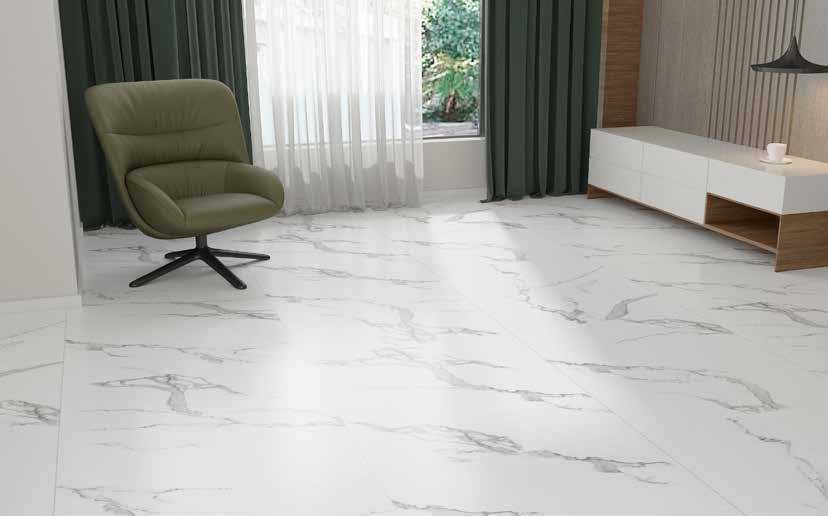
Strategies for Growth: Unlocking Russia’s Porcelain Slab Potential
To fully realize the growth potential of the large-format porcelain slab industry in Russia, a multi-pronged strategic approach is essential.
Investing in State-of-the-Art Production and R&D
- Modernization and Automation: Prioritize investment in the latest large-format porcelain slab manufacturing technologies, even if it means seeking alternative suppliers for machinery and spare parts in countries with less restrictive export policies.
- Local R&D and Innovation Centers: Establish strong in-house research and development capabilities to create unique product designs, improve material formulations using domestic resources, and develop proprietary glaze technologies. This reduces reliance on foreign intellectual property and fosters true self-sufficiency.
- Skilled Workforce Development: Implement comprehensive training programs for technicians, engineers, and specialized installers. Partner with vocational schools and universities to build a pipeline of skilled labor for the industry.
Strategic Market Development and Education
- Targeted Marketing Campaigns: Launch aggressive marketing and educational campaigns to highlight the advantages of large-format porcelain slabs to architects, interior designers, developers, and end-consumers. Emphasize durability, aesthetics, hygiene, and versatility.
- Showrooms and Design Centers: Invest in modern showrooms and design centers in major urban areas to showcase the diverse applications and aesthetic possibilities of porcelain slabs, allowing potential clients to experience the products firsthand.
- Collaboration with Architects and Designers: Foster strong relationships with the architectural and interior design communities through seminars, workshops, and providing samples and technical support. Position large-format porcelain slabs as a premium solution for their projects.
Optimizing Supply Chains and Local Sourcing
- Diversified Procurement: Continue to explore and establish reliable supply channels for critical components and specialized raw materials from a wider range of countries, focusing on resilience against geopolitical shifts.
- Deepening Import Substitution: Actively pursue the domestic development and production of glazes, pigments, and even some machinery components where feasible. This reduces external dependencies and strengthens the local industrial base.
- Efficient Logistics Networks: Develop robust, cost-effective domestic logistics and distribution networks capable of handling large-format slabs. This may involve investing in specialized transport fleets, strategically located warehouses, and partnerships with expert logistics providers.
Leveraging Government Support and Incentives
- Advocate for Favorable Policies: Industry associations should actively engage with the government to advocate for policies that support the porcelain slab industry, such as preferential loans, tax incentives for R&D, and streamlined regulatory processes for domestic production.
- Participation in State Programs: Actively participate in government programs aimed at industrial modernization, import substitution, and infrastructure development to secure funding and project opportunities.
Exploring New Export Opportunities
- Strategic Export Market Entry: Beyond domestic growth, carefully analyze and target new export markets, particularly in friendly nations or regions with strong construction growth. Adapt product offerings to suit local preferences and standards in these markets.
- Building International Partnerships: Seek partnerships with distributors and agents in target export markets to establish a foothold and navigate local business environments.
Case Studies and Success Stories (Illustrative)
While specific company details may be proprietary, we can draw upon general trends observed in the Russian market:
- Domestic Giants Stepping Up: Several established Russian ceramic manufacturers who traditionally produced smaller tiles are now investing heavily in large-format slab lines, recognizing the burgeoning demand. They are leveraging their existing raw material access and distribution networks.
- Niche Players and Innovators: Smaller, agile companies are emerging, often focusing on highly specialized designs, custom orders, or particular applications (e.g., lightweight facade solutions using porcelain slabs), filling specific market gaps.
- Regional Focus: Some producers are focusing on dominating specific regions within Russia, building strong local relationships with developers and designers, and optimizing their regional logistics.
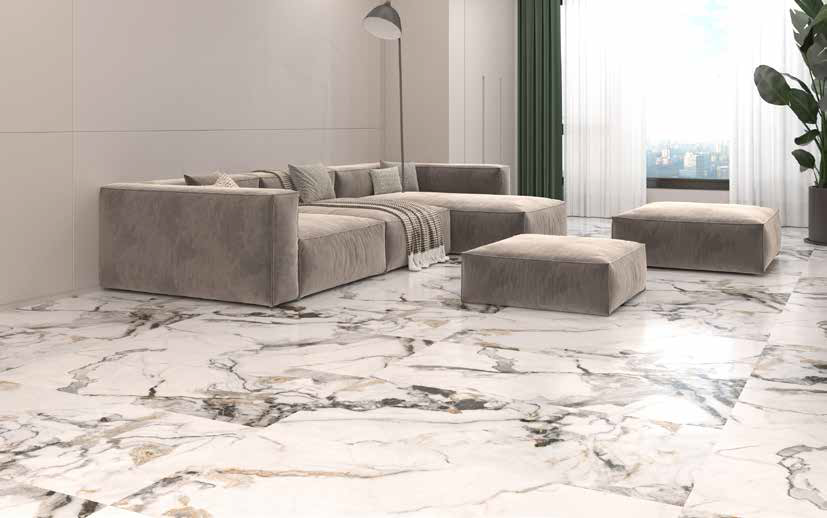
Conclusion: The Grand Canvas Awaits – Russia’s Porcelain Slab Future
The trajectory of the large-format porcelain slab industry in Russia is poised for significant growth, driven by a confluence of evolving design preferences, a robust construction sector, and abundant domestic resources. These “porcelain giants” offer an exciting opportunity to transform architectural and interior spaces across the nation, providing unparalleled durability, versatility, and aesthetic appeal.
However, realizing this immense potential necessitates a clear-eyed acknowledgement and proactive navigation of the challenges that lie ahead. Overcoming technological dependencies, securing substantial investment, educating the market, and optimizing complex logistics are critical hurdles. By strategically investing in cutting-edge production, fostering domestic innovation, educating the market, and leveraging both local resources and government support, Russian manufacturers can cement their position in this high-value segment. The future of large-format porcelain slabs in Russia is not just about building materials; it’s about shaping modern living and architectural expression, a grand canvas awaiting its full realization. The opportunities are vast, and with strategic foresight and unwavering commitment, Russia’s porcelain giants are set to leave an indelible mark on its built environment.
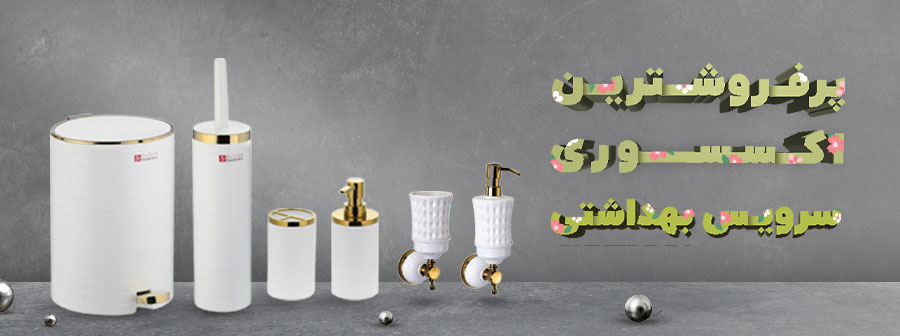
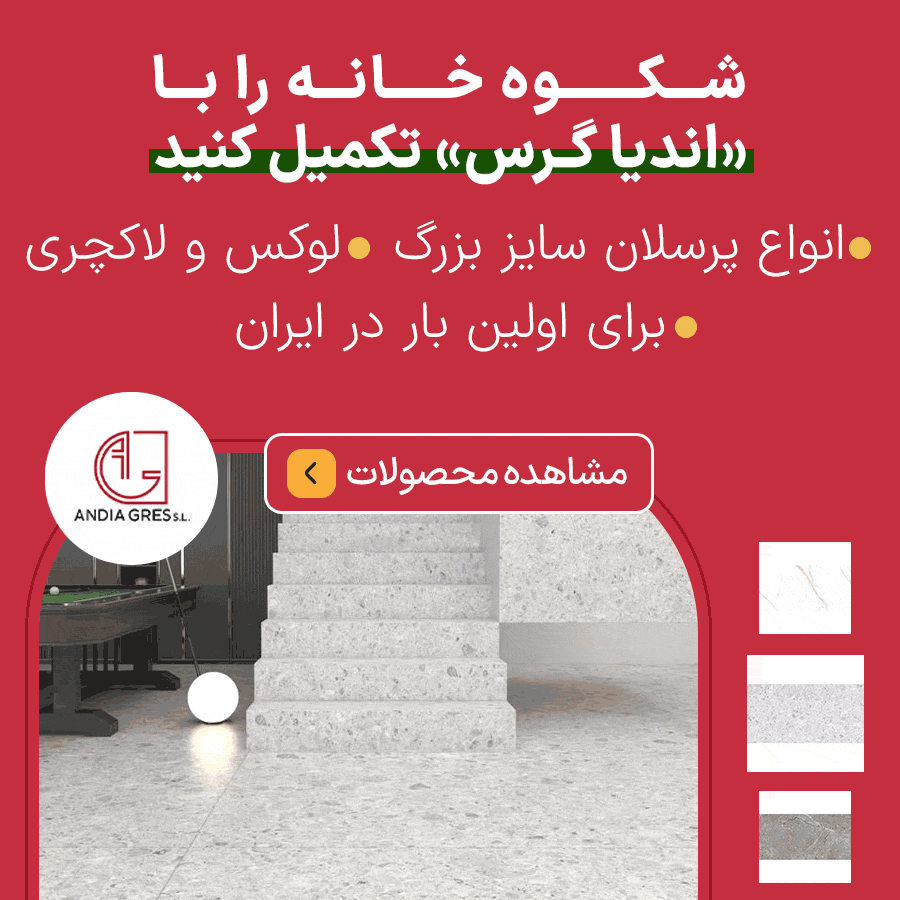
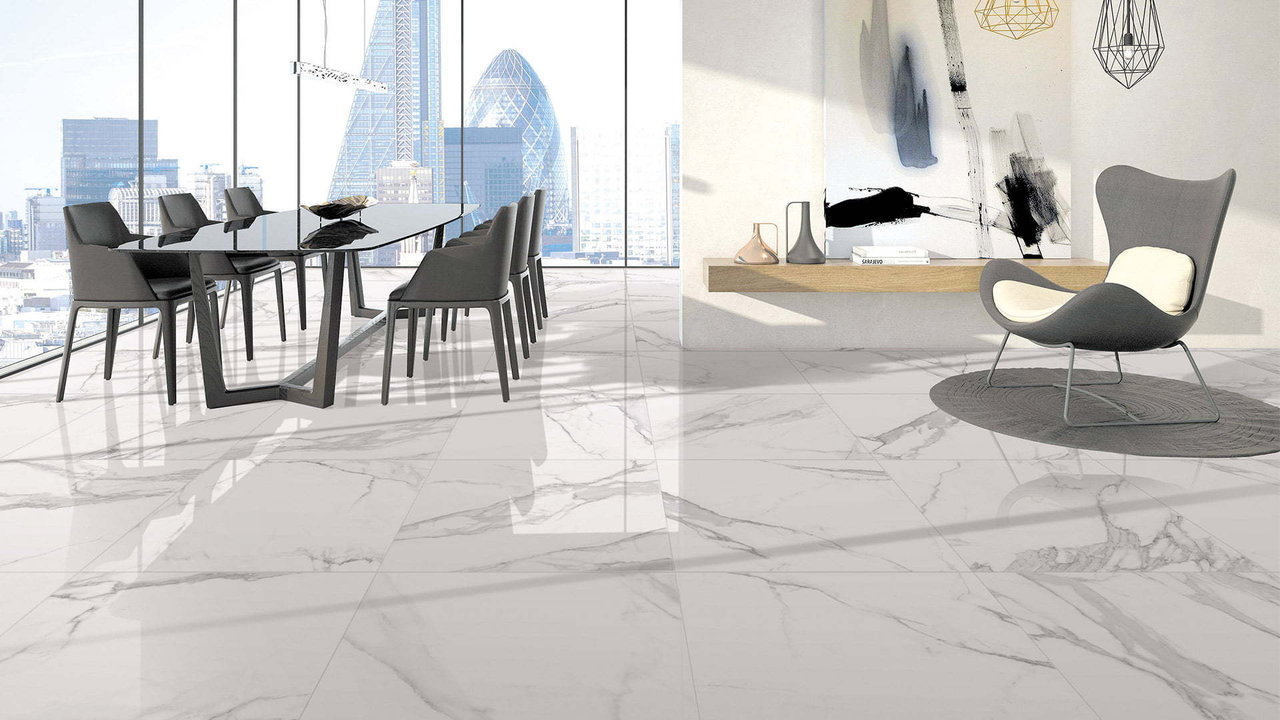
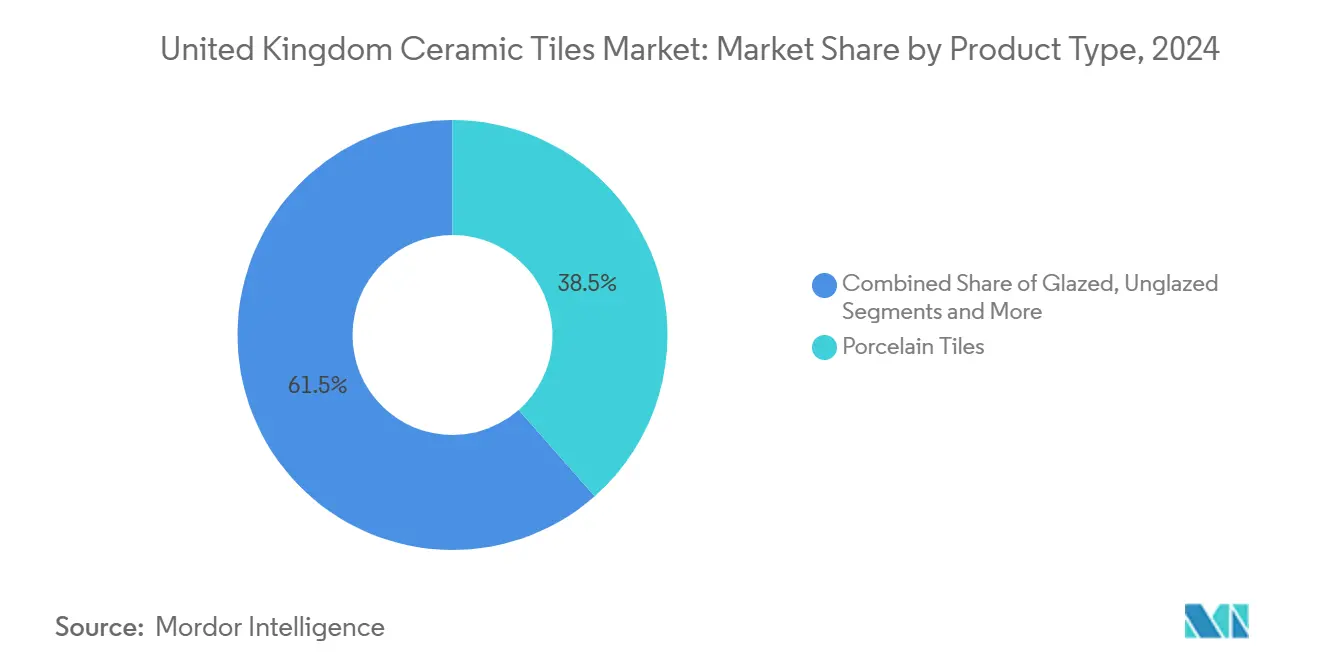
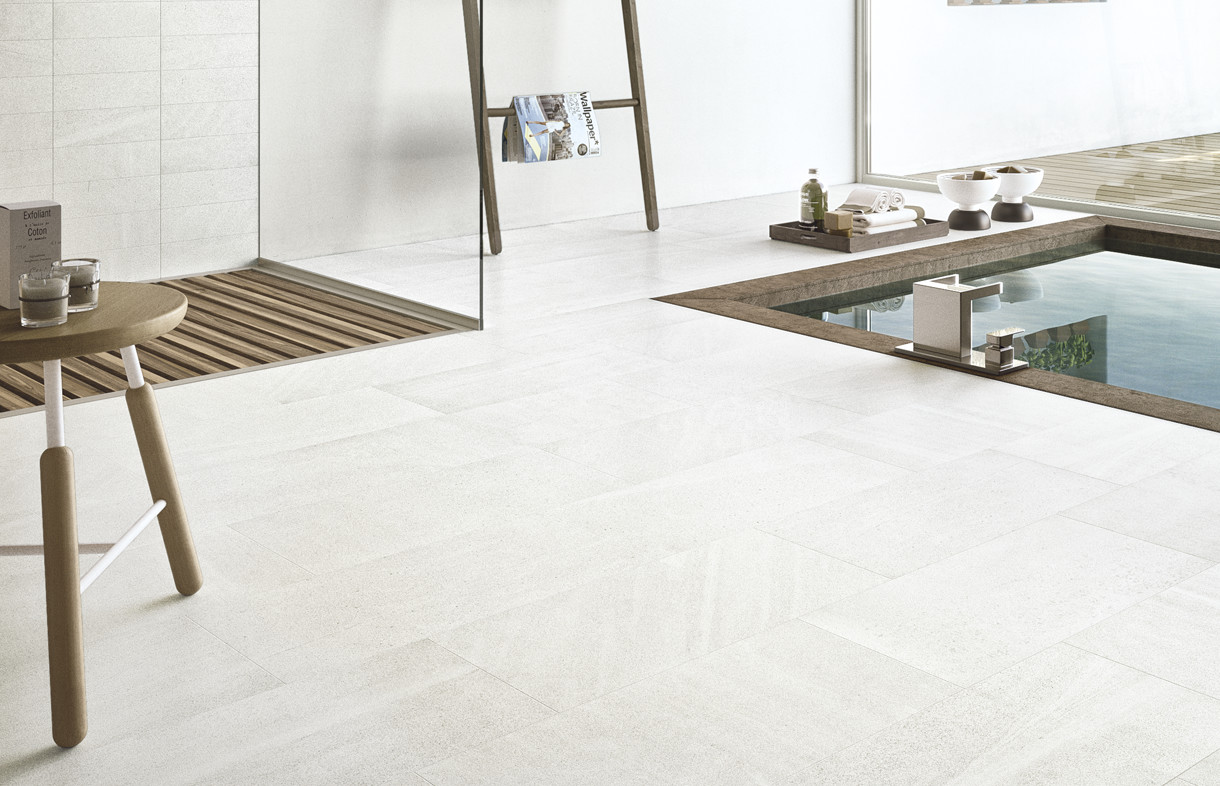

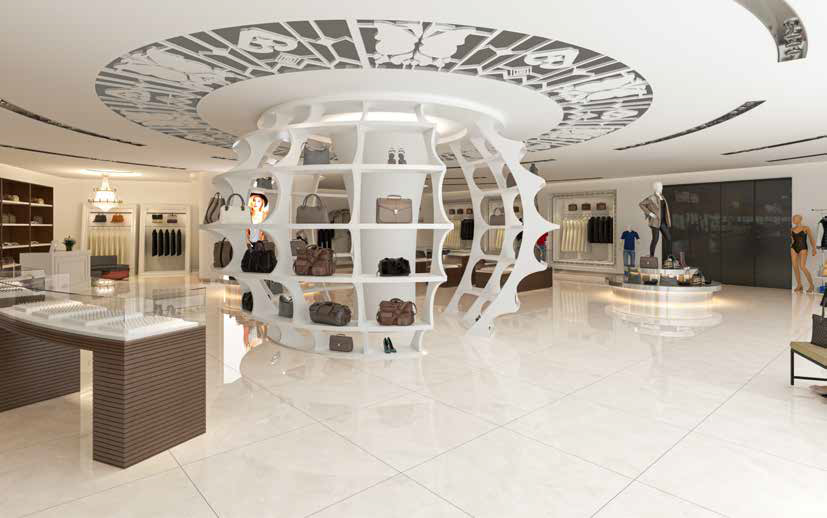
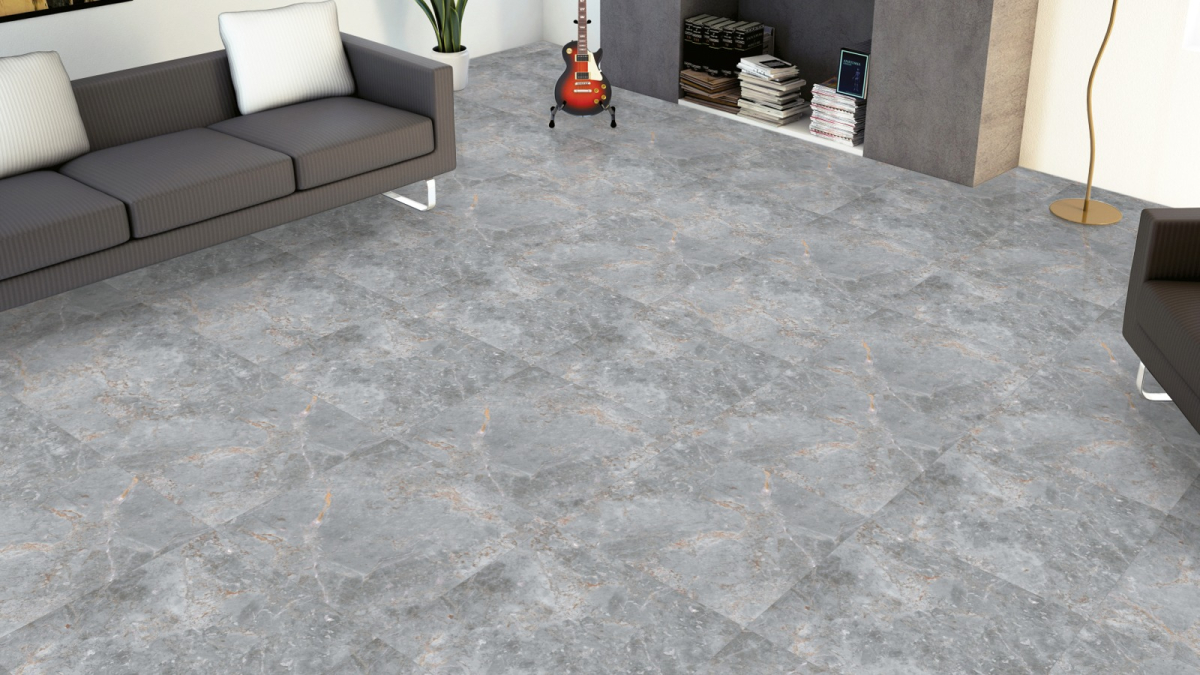
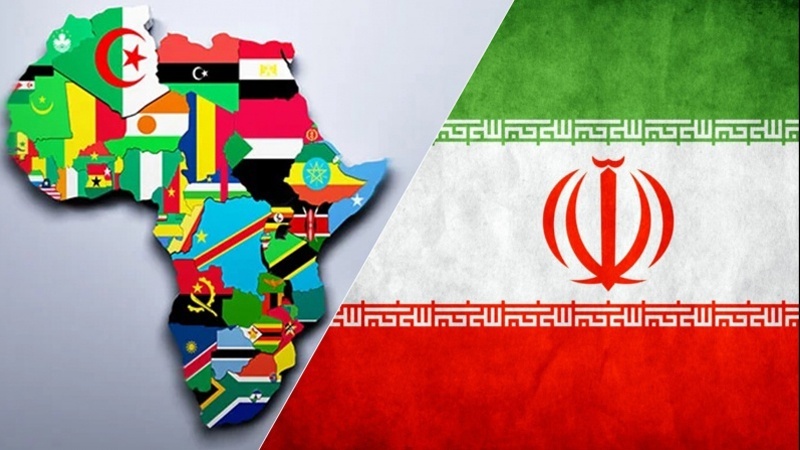
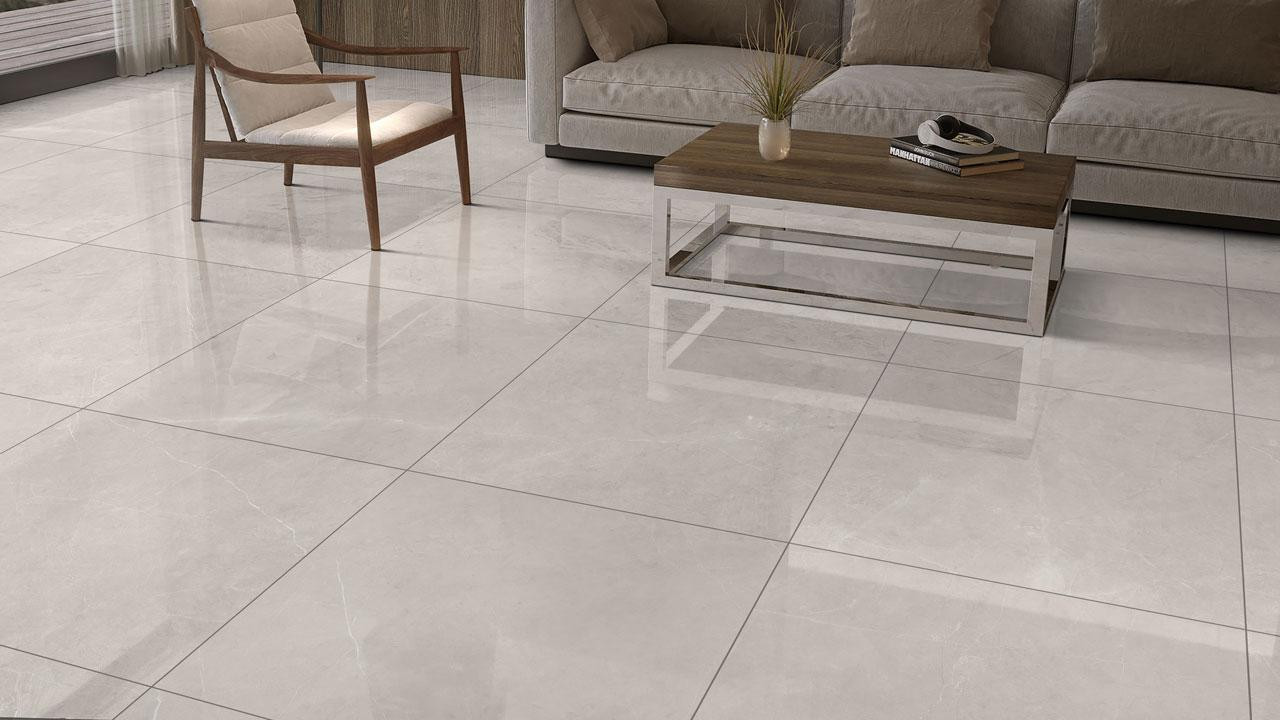
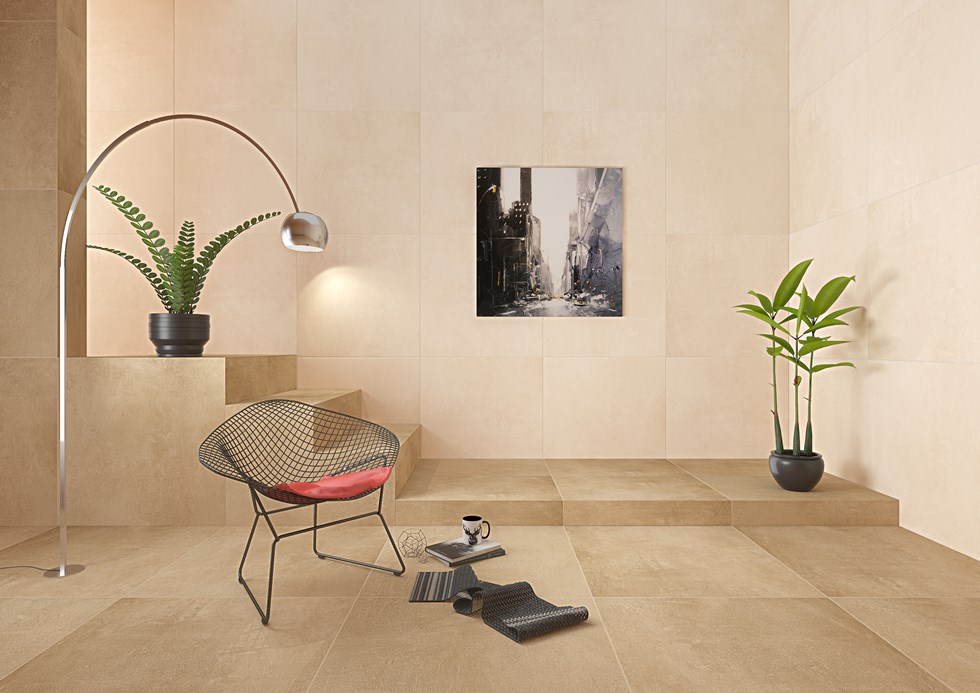
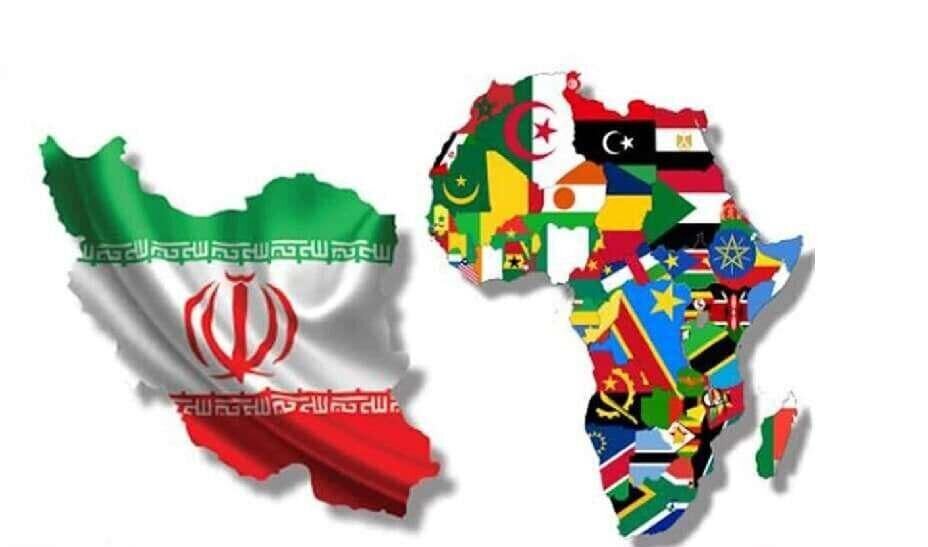
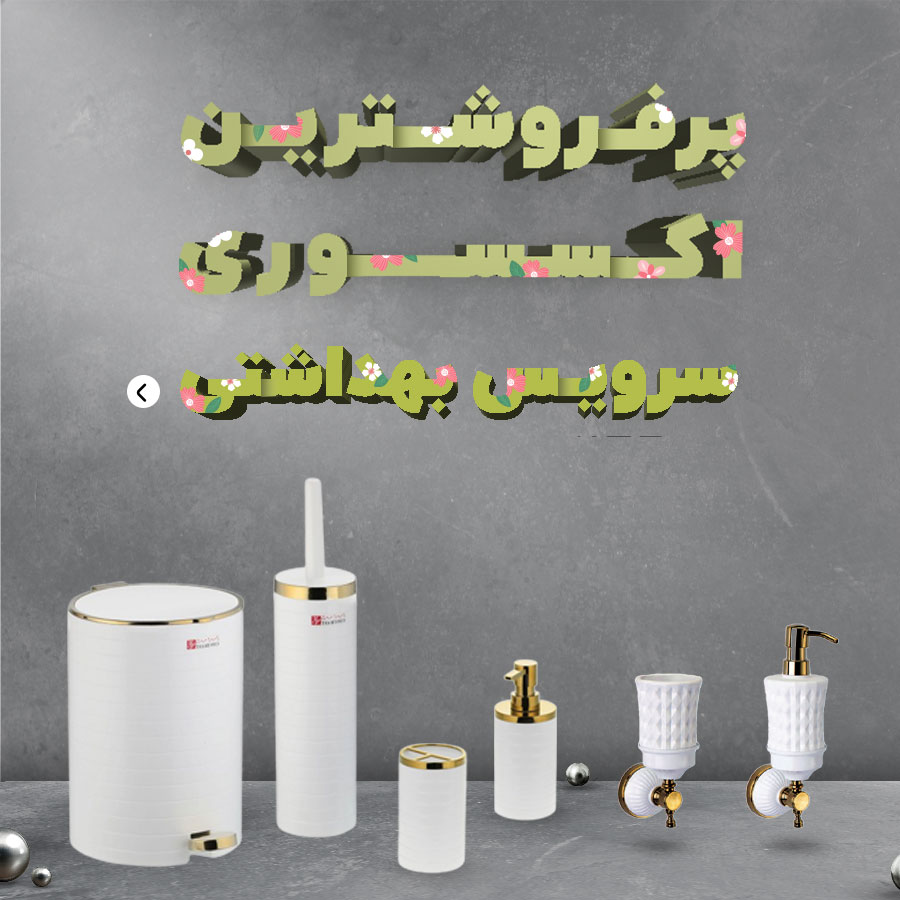

نظرات ۰